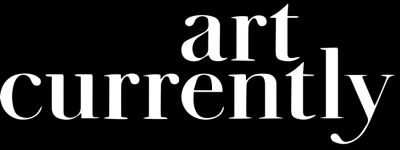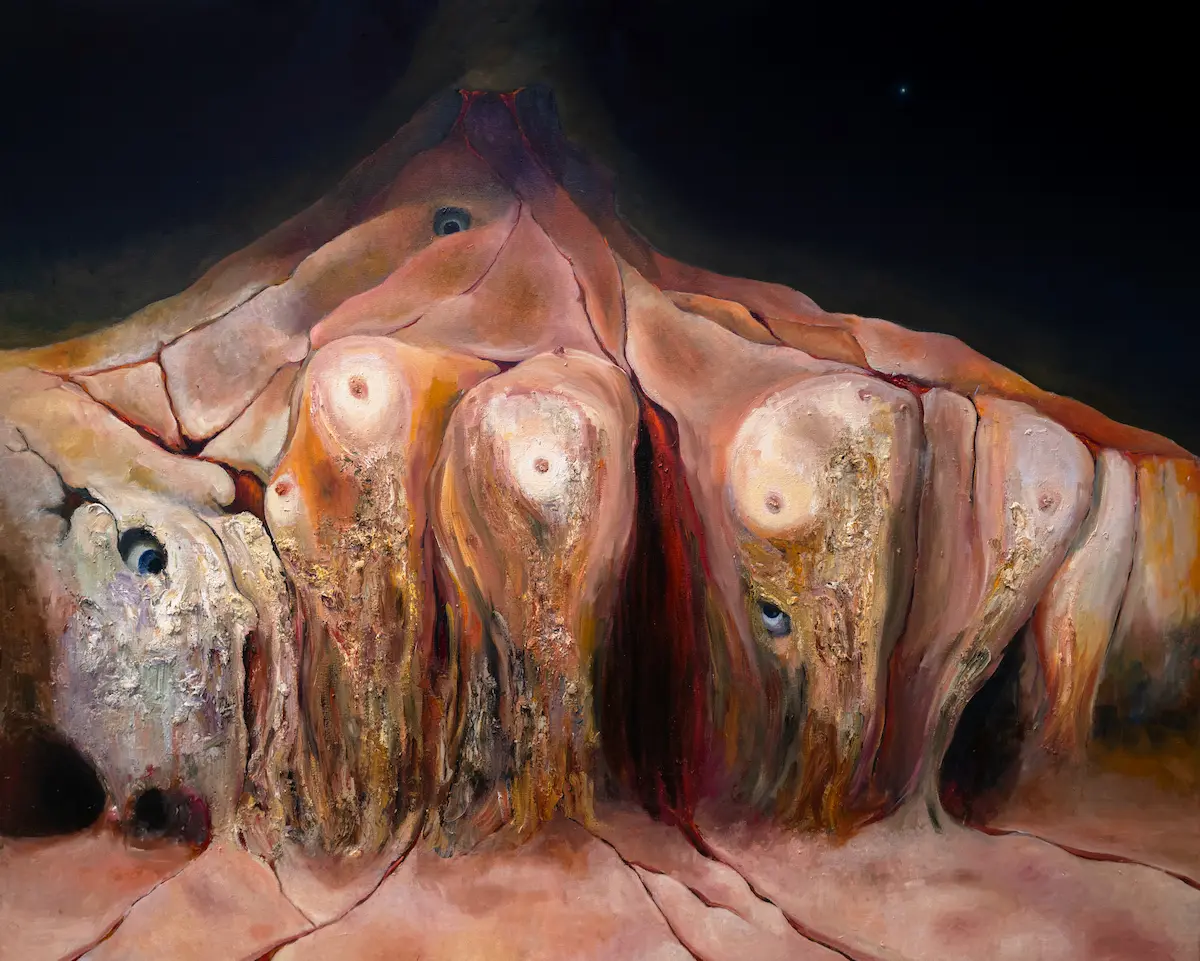Adrian Dannatt Describes Danny Moynihan’s Newest Exhibition As “Dystopian Yet Gloriously Fecund”
Danny Moynihan, Gaia I, 2021-22, Oil on canvas, Courtesy of Nathalie Karg
Nathalie Karg is set to unveil, “In Praise of Limestone”, artist Danny Moynihan’s newest series of cave paintings on view from October 24 to November 30, 2024. Renowned artist and curator Adrian Dannatt endorses the exhibition, assuring art lovers and those unfamiliar with Moynihan that it’s a worthwhile dive into an artistic display of mysticism, erotica, and themes beyond human comprehension.
In addition to Dannatt’s in-depth analysis of Moynihan’s much-anticipated show, his book of poems ‘Capacity for Loss’ is launching on Tuesday October 29, at the gallery.
Enjoy!
Moynihan knows how to paint, he has been doing it for almost fifty years, and knows his art history. These paintings go back to the beginning of it all, most obviously to the caves, to Cosquer and Chauvet, but also to Morocco where Moynihan spends much time, where the earliest human remains have been discovered. These are very much ‘cave paintings’ themselves, as French as North African, concluding a line of landscape in art from Lascaux through the Arcadian ideals of Poussin to the muddy realism of Courbet, a devolution, a ‘nostalgie de la boue’, returning to our primal darkness.
These Moroccan traces, the oldest Homo Sapiens fossils, are from 300,000 years ago and though the animals of Lascaux ‘only’ date back 17,000 years old, pig paintings in an Indonesian cave are estimated to be 45,000 years old. Moynihan’s art is definitively part of this ancient world, his porcine beasts, wild animals, hands, limbs, hunting forms, animal-human hybrids belong with the earliest human mark-making, share their Shamanistic, animist spirit, their totemic conjuring of something bigger, unmentionable. But they also belong to the future, to our looming collapse back into the primal sludge, ‘in my beginning is my end.’
No, we cannot be sure if these creatures are animal, human, topographical, triumphant mutants of their own devising, nor if they are locked in mortal battle or in some equally excessive reproductive rictus. Likewise, it is impossible to know whether this is a vision, a part of the deep, deep past or an echo of some future post-apocalyptic biodiverse meltdown; some prehistoric pre-Pagan ritual or science fiction vista of erotic annihilation, both dystopian yet gloriously fecund. Like all successful works of art they have made their very own space and their own unique time outside of any other.
These paintings are all about time, the long time they took to create, over many, many years, countless layers and revisions, and the time we must give them to really look, to fully appreciate their strange richness, the sheer complexity of composition. But they are also a ‘non-time’, something without our restrictive human chronology; the dream vista of an era long before Genesis or long after extinction, when our ancestors and successors form from clay like Golem, fertilizing cosmic forces, rampant geomancers of the very sacred landscape from which they emerged and to which they now return, dissolving, devolving.
But despite the loving hard labor that has gone into these works, the energy and effort of plotting their formal structure and then painstakingly building their physical armature, these are the opposite of ‘paintings for paintings sake.’
These are paintings because they need to be; no other medium or technique could match or supersede the material properties of oil and linseed and canvas for creating this specific world, so dense, freighted with flesh and hide, soil and filth, downfalls and secretions, width and thickness. The scumbled, humped accretion of these endless layers, revisions and additions, physically become - through the alchemy of art - living landscape and bodyscape, the breathing creature. As with cave paintings or ancient fertility figures the image is not separate from the medium or support, but one and the same, an embodiment, an actual being.
This distinctive series of paintings by Moynihan, a literal ‘body’ of work, could be approached variedly through psychoanalysis, geology, archaeology, art history, mythology, anthropology or zoology. Their active tactile presence, the smell of paint, encrusted loam outcrop, rocky erotics, antediluvian downpour, give birth to an oeuvre of notable cohesion. The very opposite, antidote, to artificial intelligence or digital simulacra, we witness here the emergence of a visceral form of life beyond the anthropomorphic privileging of our own race, a landscape inseparable from sentient existence where animal and human are one, a world now come into being or its final conclusion.”


